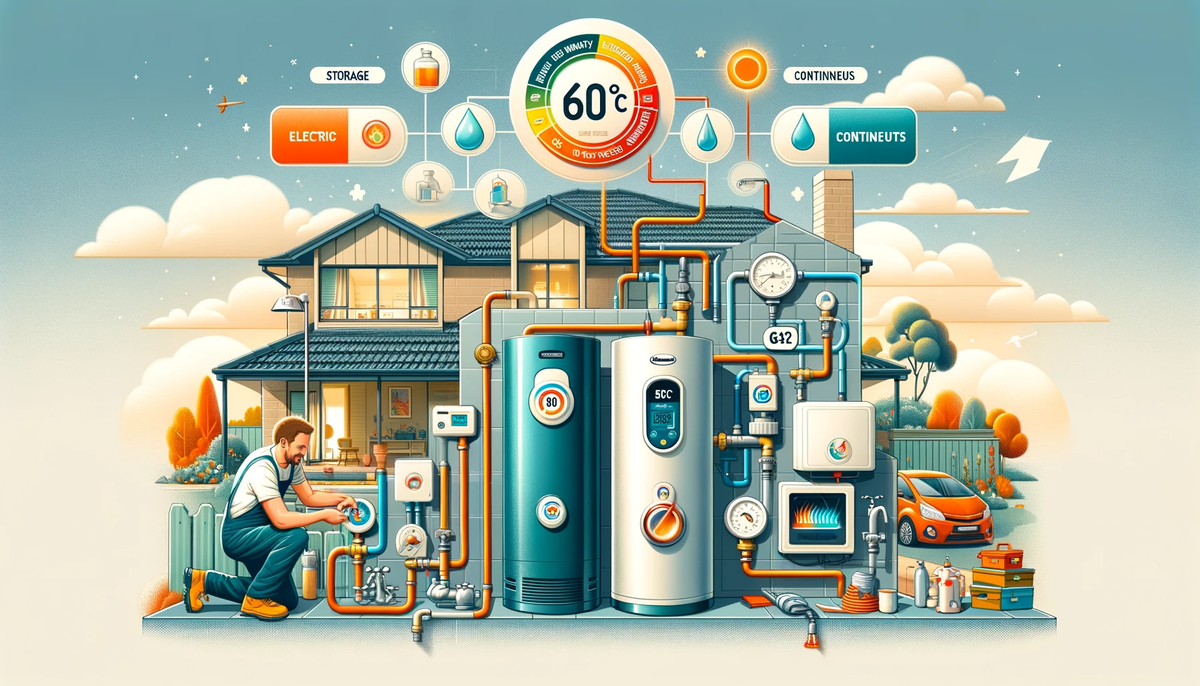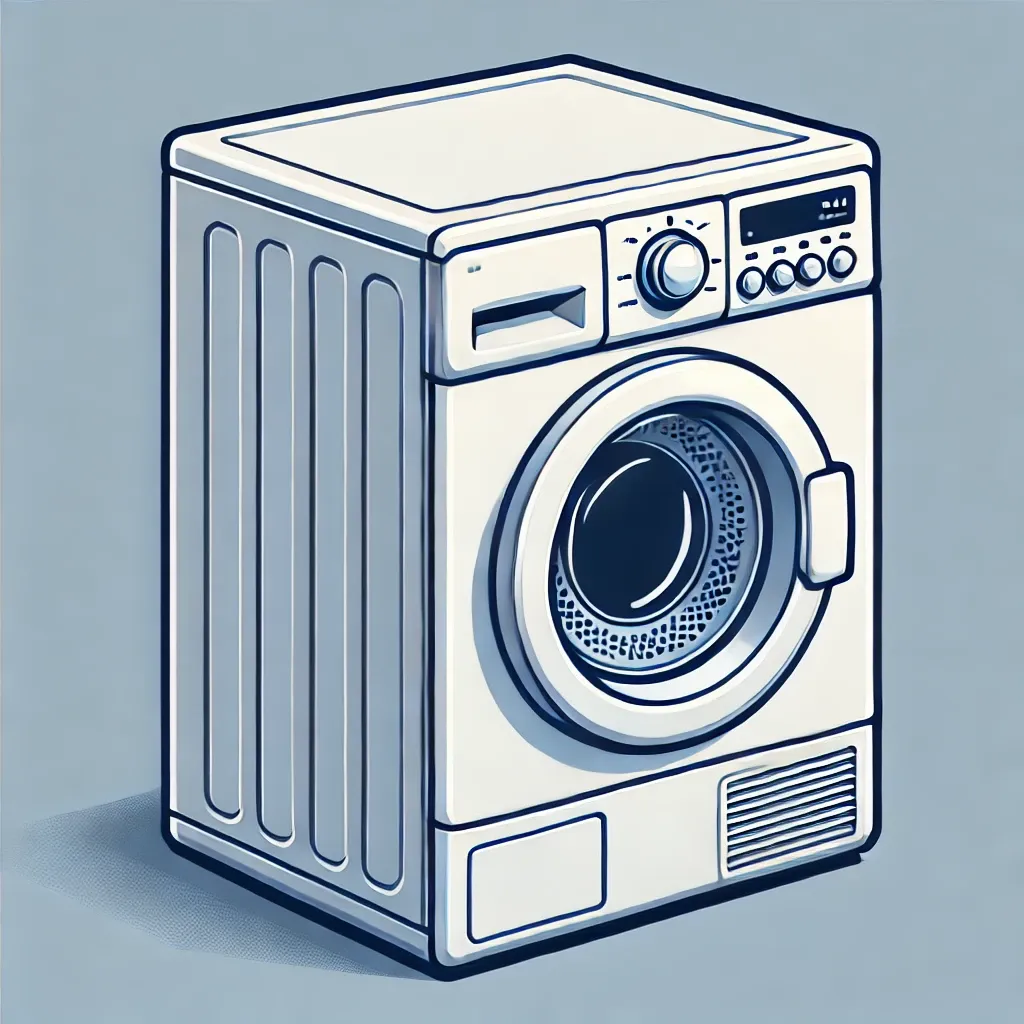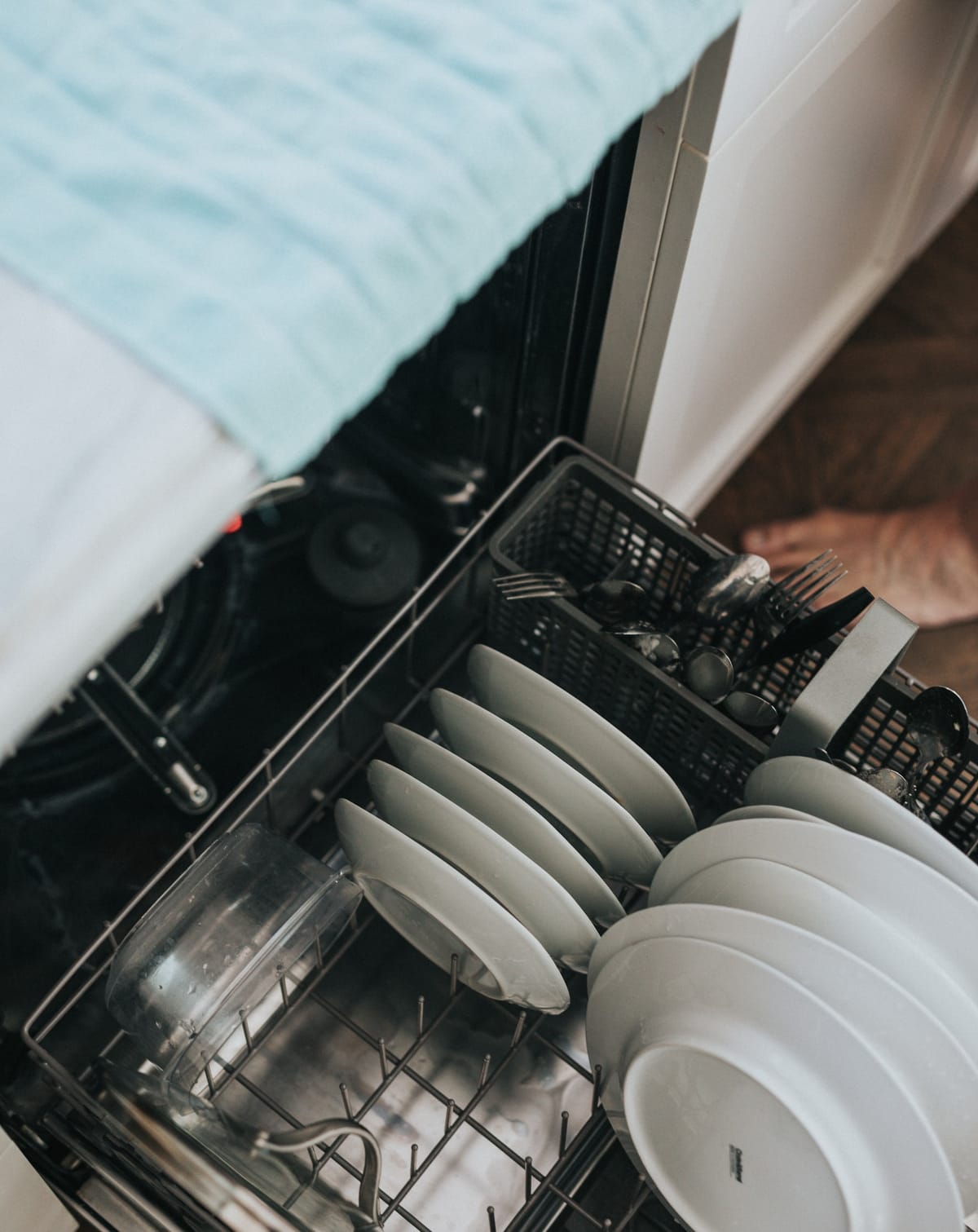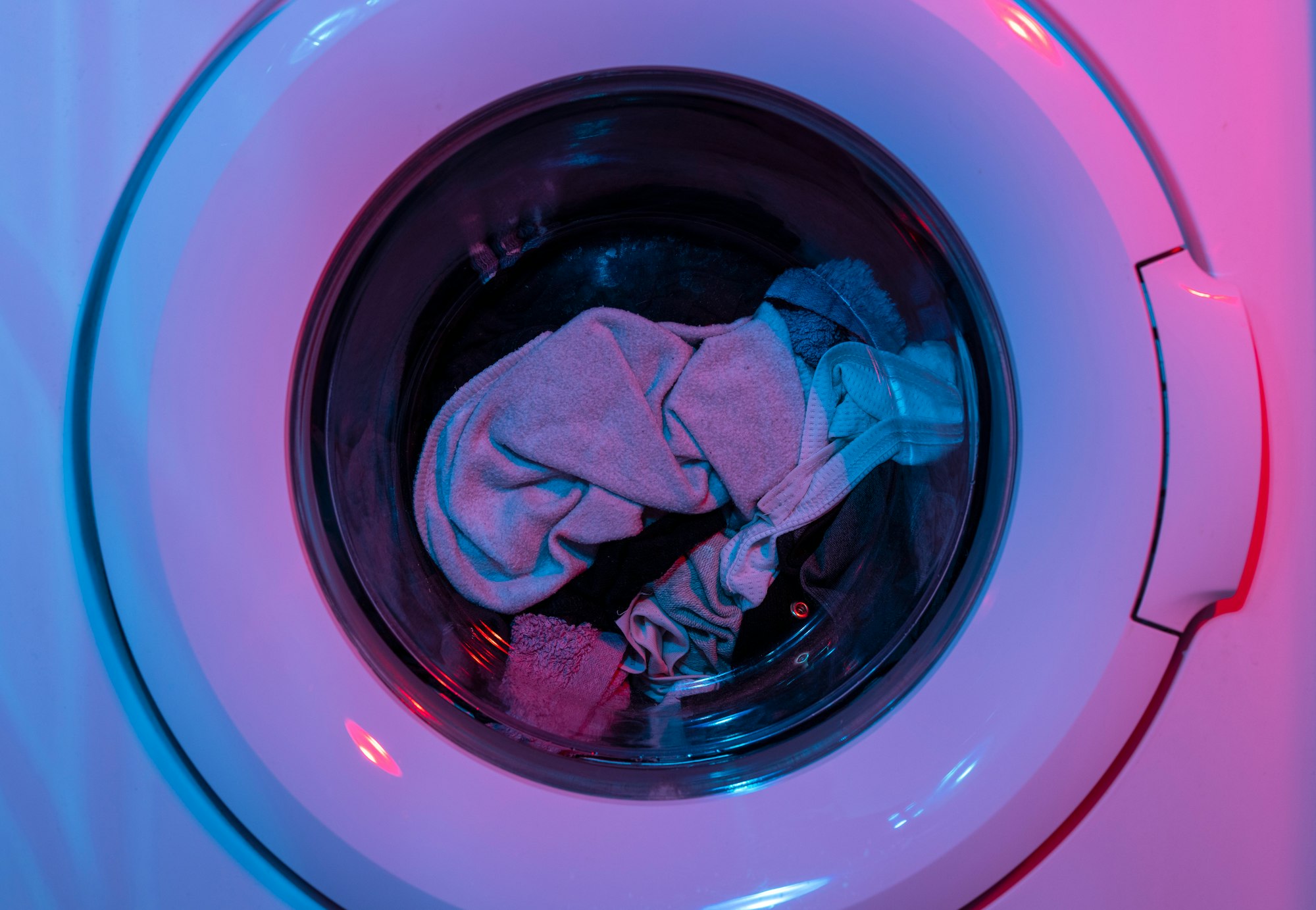Here's the game you didn't know you needed to play
Electricity distribution networks are complicated. So are the games based on them.
Here’s our list of the top ten highest energy-consuming appliances commonly used in Australian homes, including tips on how to minimise usage.

In an era of rising energy costs and growing environmental concerns, it's important to understand which appliances consume the most electricity. By identifying these energy guzzlers, you can make informed decisions about upgrades and usage habits to reduce your energy bills and carbon footprint.
Let's dive into the top 10 highest electricity-consuming common household appliances in Australia, exploring why they use so much power and how you can optimize their efficiency.
40-50% of the average energy bill, Energy consumption: 900-4,000 watts per hour
Air conditioning systems are often the largest energy consumers in Australian homes, especially during hot summers.
Why it consumes so much: Cooling large spaces and constantly maintaining a set temperature demands a lot of energy, particularly when outdoor temperatures are high.
Efficiency gains: Upgrading to a newer, high-efficiency AC system can reduce energy consumption by 20-40%. Look for models with the highest star rating on their Energy Rating Labels
Close off gaps to eliminate drafts, close doors and windows, and shut the curtains before the heat of the day sets in.
Best practices:
15-25% of average energy bill, 3,000-4,800 watts per hour
Water heaters are significant energy consumers in Australian homes, as they constantly work to maintain hot water.

Why it consumes so much: Heating water requires a lot of energy, and traditional tank-style heaters must keep a large volume of water hot at all times.
Efficiency gains: Switching to a heat pump water heater can save up to 60% on water heating costs. Solar hot water systems are another efficient option popular in Australia. Continuous hot water systems may be more efficient than storage systems if you're a low usage household.
Best practices:
8-15% of average energy bill, 100-200 watts per hour
Refrigerators run 24/7 to keep food cold, making them one of the biggest energy users in most Australian homes.

Why it consumes so much: Constantly maintaining a cold temperature requires significant energy, especially in warm kitchens or when the door is frequently opened.
Efficiency gains: Modern refrigerators with high Energy Rating Labels can use up to 40% less energy than older models.
Best practices:
Up to 15% of the average energy bill, individual bulbs can consume between 5 and 100 watts

Why It Consumes So Much Energy: Older incandescent bulbs are particularly energy-inefficient, converting most of the energy they consume into heat rather than light.
Efficiency Gains Through Upgrading: Replacing incandescent bulbs with LED bulbs can reduce energy consumption by up to 80%. LED bulbs also have a much longer lifespan, further reducing costs and energy usage.
Strategies for Reducing Energy Consumption:
5-10% of average energy bill, 2,000-4,000 watts per hour
Clothes dryers consume a significant amount of energy due to the heat required to remove moisture from clothes.

Why it consumes so much: Generating high heat to evaporate water from fabric is an energy-intensive process.
Efficiency gains: Heat pump dryers, while more expensive, can use up to 50% less energy than conventional dryers.
Best practices:
3-6% of the average energy bill, Oven: 2,000-2,500 watts per hour; Stove: 1,200-3,000 watts per hour (per element)
Electric ovens and stoves can be significant energy consumers in Australian households, especially if used frequently for long periods.

Why it consumes so much: Heating elements in ovens and stoves require a lot of power to reach and maintain high temperatures.
Efficiency gains: Induction cooktops are about 10% more efficient than traditional electric stoves. Fan-forced ovens can reduce energy use compared to conventional ovens.
Best practices:
2-4% of average energy bill, 1,200-2,400 watts per hour when running
Dishwashers are more efficient than hand washing, but they still consume a significant amount of electricity in Australian homes, primarily for heating water.

Why it consumes so much: Dishwashers use energy to heat water, run the wash cycle, and dry the dishes.
Efficiency gains: Look for dishwashers with high Energy Rating Labels, which can be up to 30% more efficient than standard models.
Best practices:
2-4% of the average energy bill, 400-1,300 watts per hour when running
Washing machines, especially when using hot water, can be substantial energy consumers in Australian households.

Why it consumes so much: Heating water for hot washes and powering the motor for agitation and spinning requires significant energy.
Efficiency gains: Front-loading washing machines typically use less water and energy than top-loaders. Look for models with high Energy Rating Labels.
Best practices:
2-5% of the the average energy bill, 60-250 watts per hour for desktop; 20-40 watts per hour for the monitor
While not as energy-intensive as some appliances, computers left on for long periods can significantly increasethe energy consumption in Australian homes.
Why it consumes so much: Continuous operation, especially with high-performance components, can lead to substantial energy use over time.
Efficiency gains: Look for computers and monitors with high Energy Rating Labels, which can be up to 50% more energy efficient than standard models.
Best practices:
3-6% of the average energy bill, 80-400 watts per hour, depending on size and technology
Modern large-screen TVs, especially when used for extended periods, can be significant energy consumers in Australian households.
Why it consumes so much: Larger screens and higher resolutions require more power to operate. Additionally, many TVs consume energy even when turned off due to standby power.
Efficiency gains: Look for TVs with high Energy Rating Labels, which can be up to 30% more energy efficient than standard models.
Best practices:
Understanding these top energy consumers and their wattage in your Australian home can help you make informed decisions about upgrades and usage habits.
Remember, even small changes in how you use these appliances can lead to significant energy savings over time. Consider energy efficiency when purchasing new appliances, and always look for high Energy Rating Labels. With mindful use and strategic upgrades, you can reduce your energy consumption, lower your utility bills, and contribute to a more sustainable future for Australia.
Got opinions about the top energy consuming appliances? Have your say in the comments, but please first read and understand our Community Guidelines.

Savings as a Service is the blog site and newsletter from Bill Hero. Subscribe now and get your energy savings tips and information delivered fresh to your inbox every month.